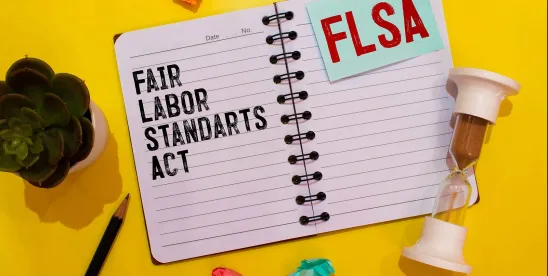As of July 1, 2024, the U.S. Department of Labor (DOL) instituted a significant change affecting the Fair Labor Standards Act's (FLSA) white-collar exemption. The new rule increases the minimum salary threshold for employees to qualify for the white-collar exemption from overtime pay requirements.
Under the FLSA, the white-collar exemption applies to certain executive, administrative, and professional employees who meet specific criteria, including being salaried and earning above a set threshold. Prior to the DOL's rule, the threshold was $35,568 annually. Employees who met these criteria were exempt from overtime pay, meaning they did not receive time-and-a-half for hours worked beyond 40 per week.
Key Changes Under the New Rule
The DOL's final rule raised the minimum salary threshold to $43,888 as of July 1. Starting Jan. 1, 2025, this threshold will increase to $58,656, with subsequent updates every three years. This change expands overtime eligibility to millions of additional workers.
Legal and Practical Implications
The new rule has generated mixed reactions. Proponents argue that it ensures fair pay for overtime work. Critics, including many business groups and the state of Texas, contend that the increased threshold will significantly raise payroll costs and lead to job cuts.
To address these concerns, the state of Texas filed for a preliminary injunction against the rule, arguing that it would cause irreparable harm by increasing state payroll expenses and straining budgets. On June 28, 2024, a federal judge in Texas granted a preliminary injunction, halting the rule's implementation and enforcement against the state of Texas as an employer. Private sector employers and other states remain subject to the new rule.
Addressing Compliance
For employers, the immediate priority is to assess the new salary threshold's effects on their workforce. To comply, companies must identify employees who will become newly eligible for overtime pay and adjust payroll practices accordingly. Additionally, employers should be prepared for the threshold adjustments scheduled for January 2025 and beyond.
Keeping abreast of ongoing legal challenges and potential further developments in courts across the country also will be essential, as they could significantly influence future enforcement.
The rule, one of the Biden administration’s major employment policy wins, is expected to expand time-and-a-half pay protections to 4 million workers who were previously ineligible.




 />i
/>i

